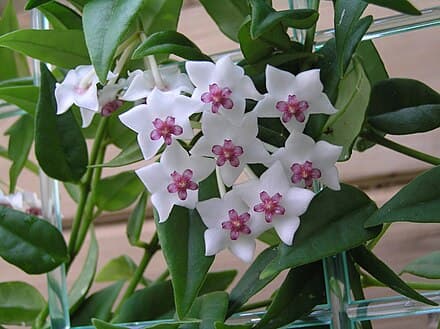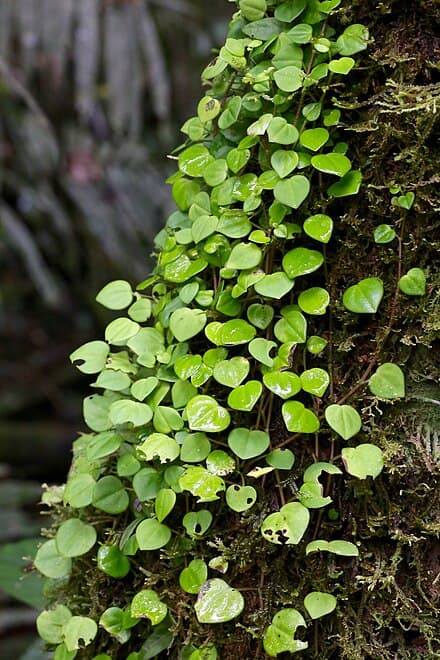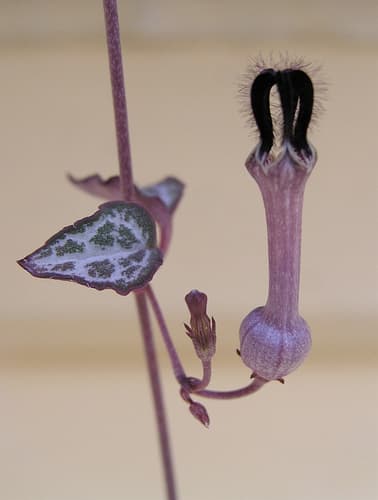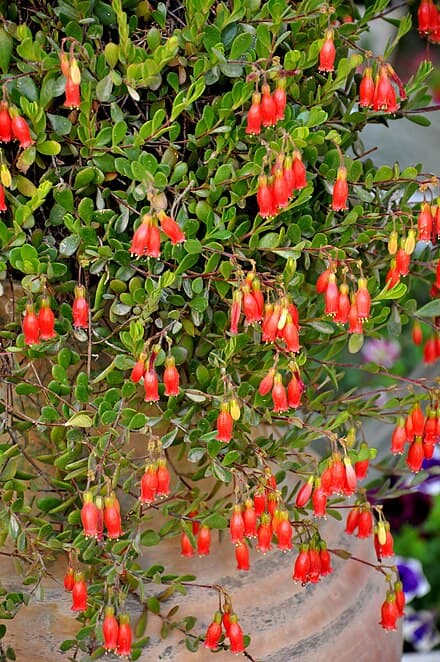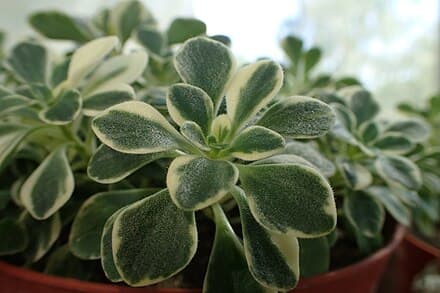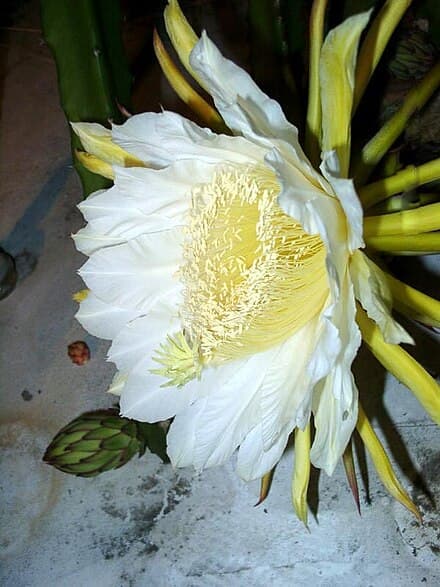
Selenicereus costaricensis image • Photo: Author Edward• Copyrighted free use
Costa Rican Pitahaya
Selenicereus costaricensis
Selenicereus costaricensis is a fast-growing epiphytic or xerophytic cactus with triangular stems, known for its commercially valuable fruit called pitahaya. It features glaucous (bluish-gray) stems and produces large nocturnal flowers that bloom only at night. The plant is both an ornamental vine with impressive sprawling growth and an agricultural crop, bearing spherical fruits with crimson pulp prized for its delicate taste. Its stems can climb or trail extensively, making it visually striking in cultivation.
Plant Care Overview
Care Guide
Essential requirements for your Selenicereus costaricensis
Light Requirements
Semi-shade to full sun; benefits from extra light in early spring to stimulate budding
Light conditions can affect leaf color and growth rate. Adjust placement as needed based on your plant's response.
Watering Schedule
Water thoroughly when the top 1-2 inches of soil dry out during active growth; reduce watering in winter
Humidity Needs
humidity
Always check soil moisture before watering. Adjust frequency based on your home's conditions.
Temperature Range
15-30°C (59-86°F); minimum 10°C (50°F) in winter
Native Climate
Native to Nicaragua to northern Peru, in dry or deciduous coastal forests
Keep away from drafts, heaters, and air conditioners which can stress your plant.
Soil Type
Well-draining compost rich in humus; requires good moisture retention in summer
Fertilizer
Balanced houseplant fertilizer during growing season
Consider repotting every 1-2 years to refresh soil nutrients and accommodate growth.
Propagation
Methods to grow more Selenicereus costaricensis plants
Propagation methods for this plant are not available yet.
Plant Info
Characteristics and background information
Nicaragua to northern Peru, in dry or deciduous coastal forests
fast
Vining stems can reach several meters in length
Perennial
Pet safety unknown
Indoor Blooming
This plant can produce flowers indoors when given proper care.
Bloom Season
Summer or autumn
Flower Description
Large, nocturnal flowers with crimson-colored pulp and minimal scaly texture; blooms measure several inches in diameter
Fun Fact
Its flowers only bloom at night and are pollinated by nocturnal creatures like moths or bats, while its crimson-fleshed fruit is considered a delicacy in Central America.
Troubleshooting
Solutions for typical issues with your Selenicereus costaricensis
No problems reported
Good news! No common problems have been reported for this plant. If you encounter any issues, check back later or join our community to share your experience.
Community Tips
Advice shared by other plant enthusiasts
No tips shared yet. Be the first to share your experience!
(Coming soon)
Care Guides
Detailed guides for caring for your Selenicereus costaricensis
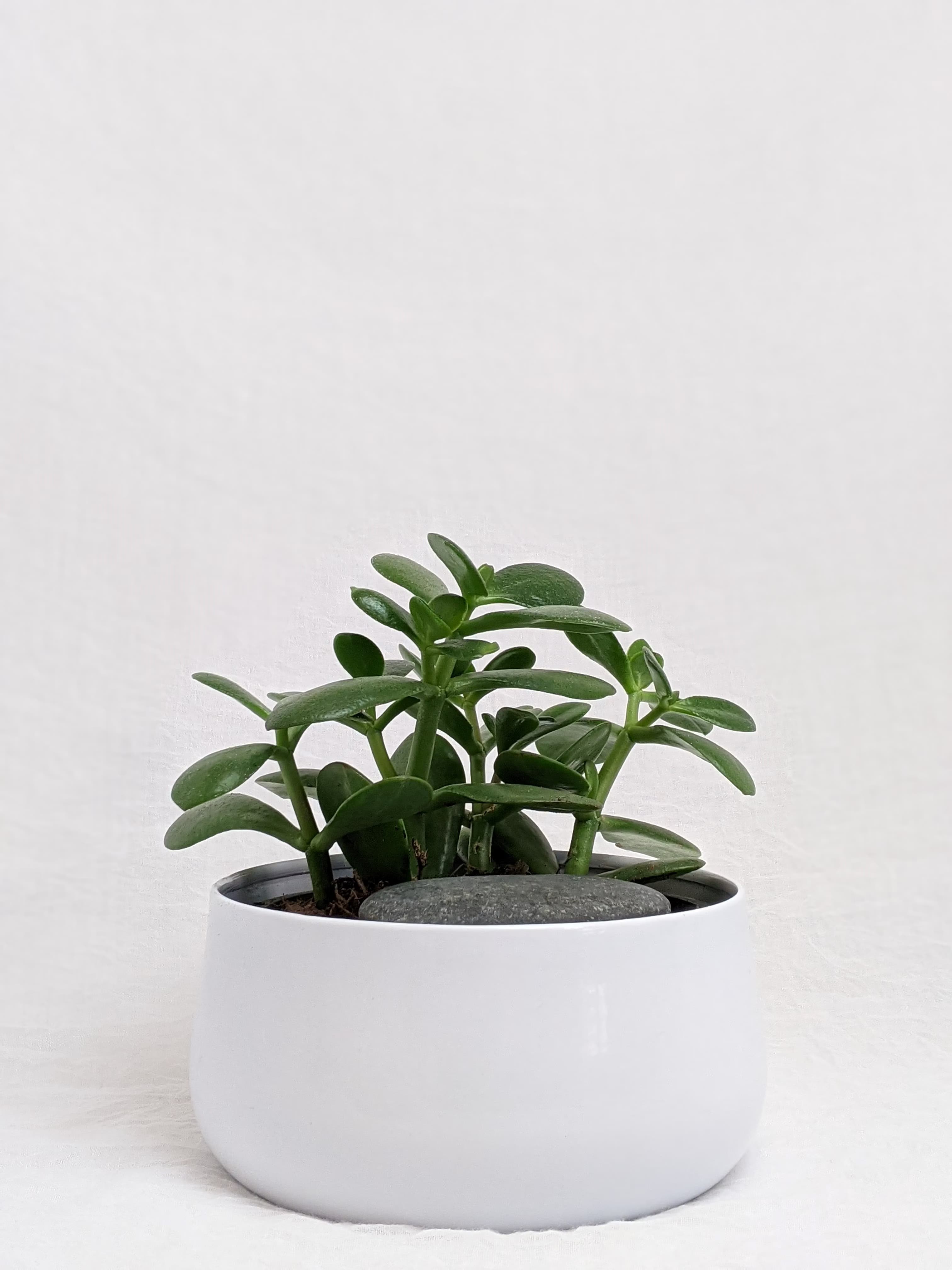
Low Maintenance Plants Care Guide
Learn how to care for low maintenance plants like your Selenicereus costaricensis
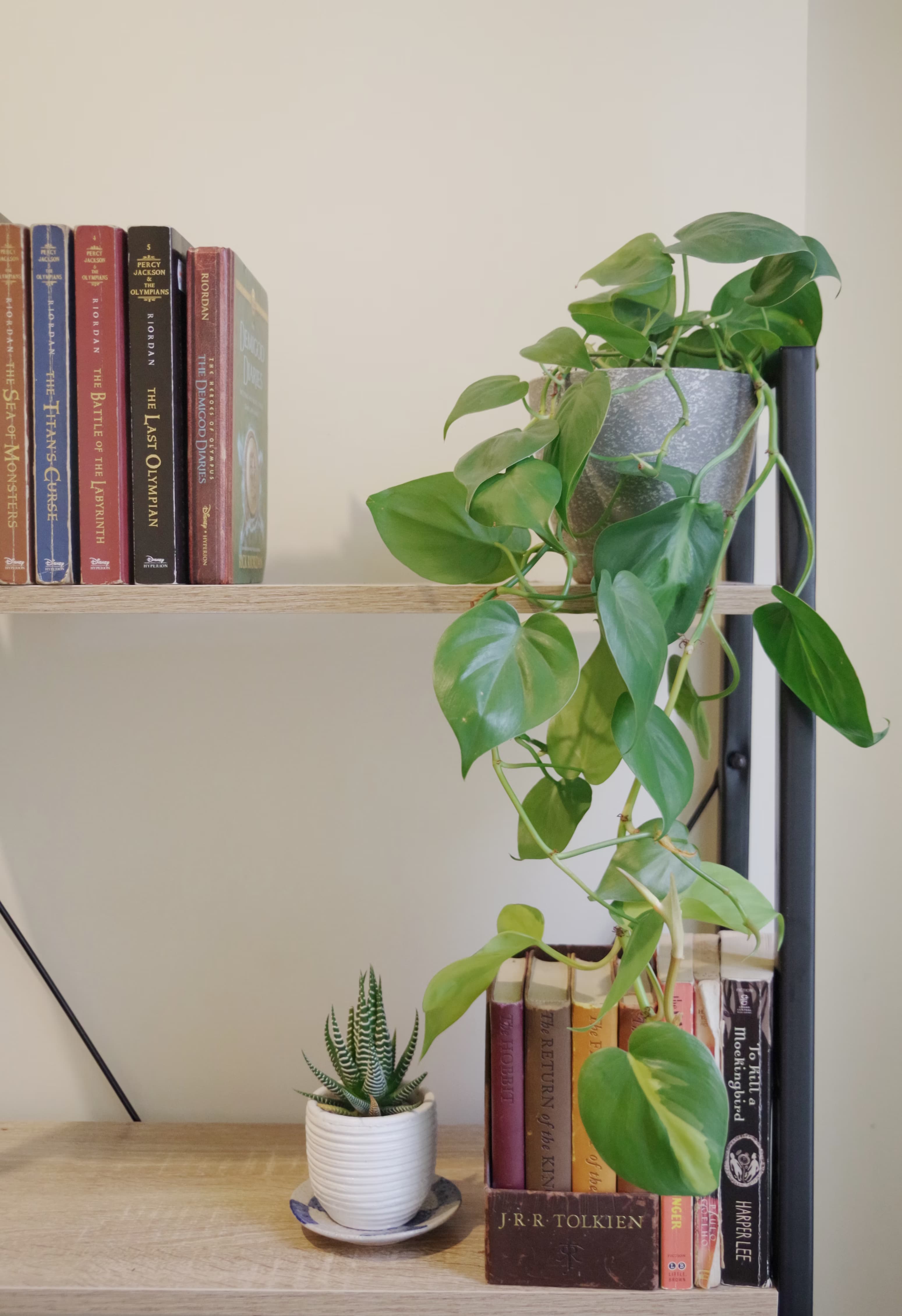
Trailing Plants Plants Care Guide
Learn how to care for trailing plants plants like your Selenicereus costaricensis
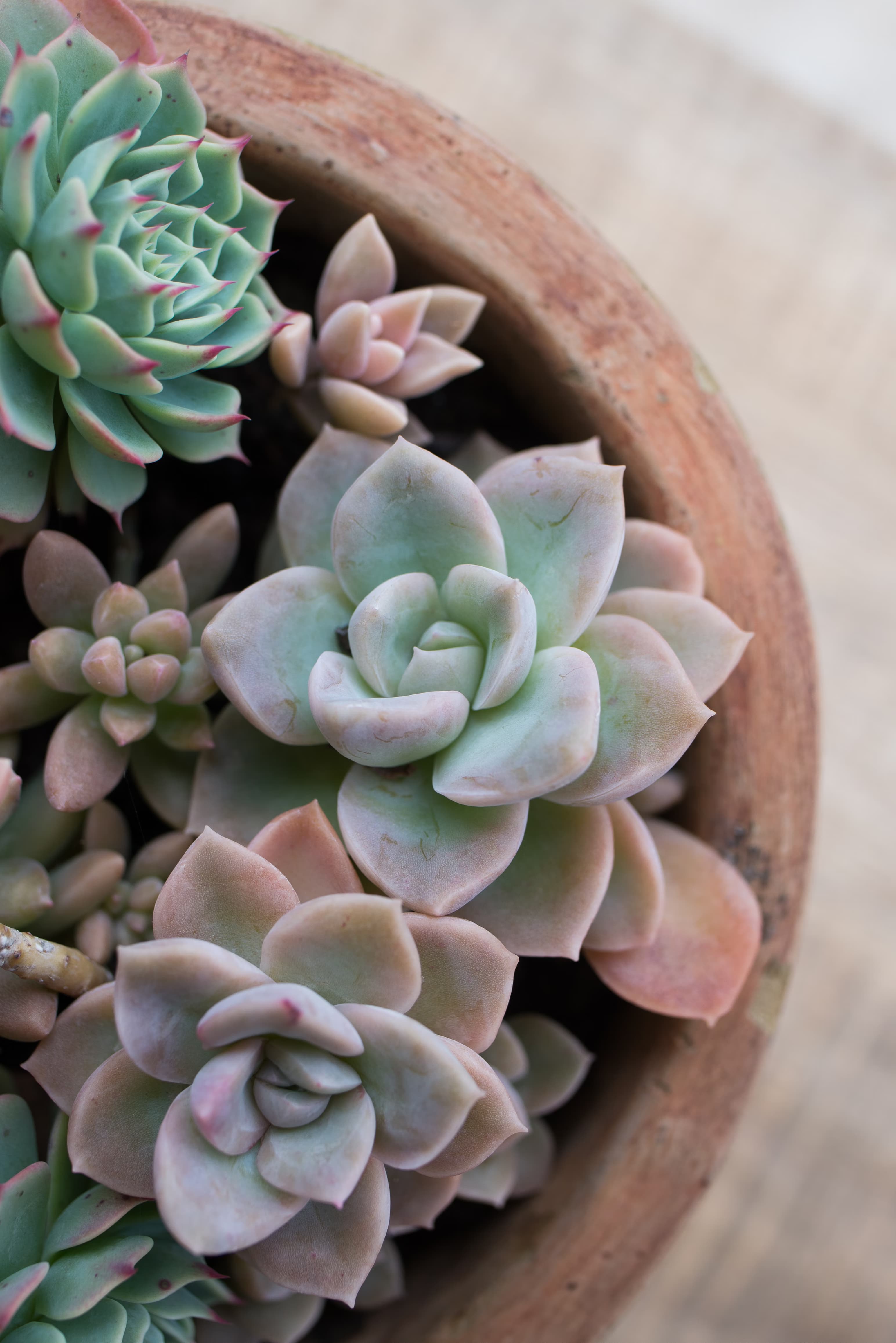
Succulents & Cacti Plants Care Guide
Learn how to care for succulents & cacti plants like your Selenicereus costaricensis

Flowering Plants Plants Care Guide
Learn how to care for flowering plants plants like your Selenicereus costaricensis
Related Plants
Similar plants that might interest you
Nurseries Near You
Find Local Nurseries That Carry Selenicereus costaricensis
We're building a database of local nurseries to help you find where to buy this plant near you. You'll be able to see store hours, contact information, and even check inventory.
